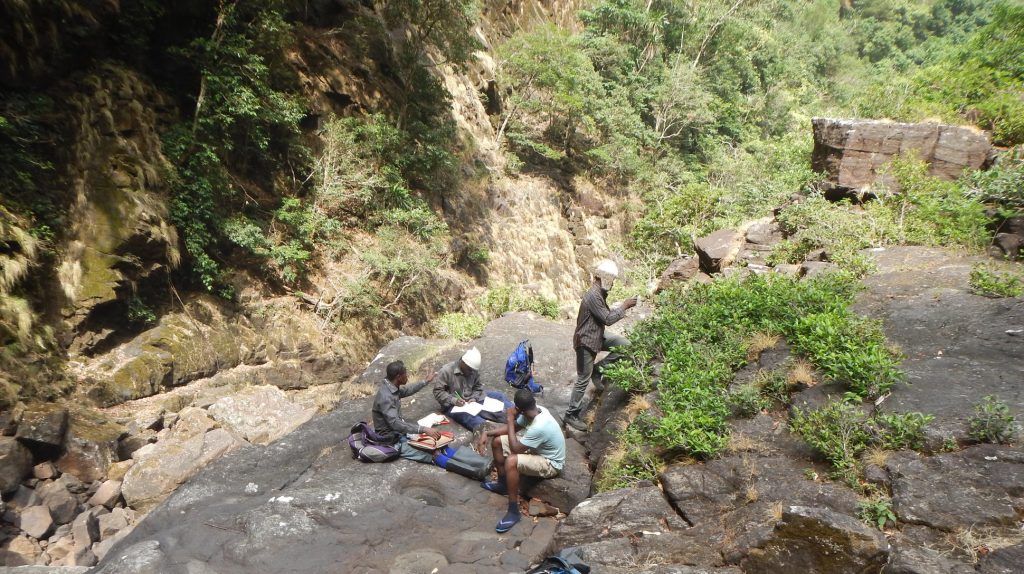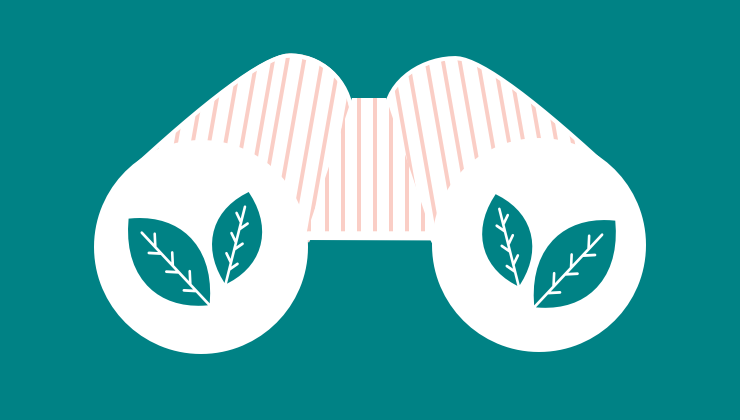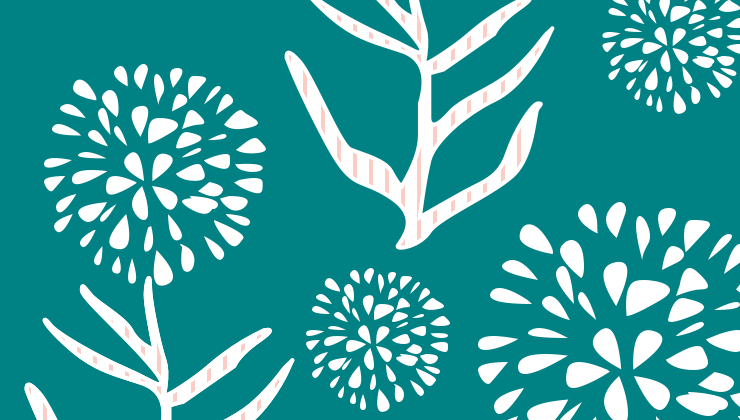
The Tropical Important Plant Areas (TIPAs) programme identifies critical sites for preserving plant diversity in the tropics.
Botanists, ecologists, conservation practitioners and other key stakeholders across the tropics are working in partnership to identify and document these priority sites using the globally agreed Important Plant Areas criteria.
Find out more about the criteria
Our aim
Through identifying TIPAs and promoting their protection to national policy makers, we aim to enhance the conservation of plant diversity and habitats in the tropics and allow future generations to benefit from these important natural resources. TIPAs can be used as a tool for:
- identifying and promoting national and global plant conservation priorities
- promoting public awareness of plants and their importance, including the ecosystem services they provide
- assessing the effectiveness for plants of current Protected Areas networks and identifying opportunities for Protected Areas expansion
- promoting sustainable management of sites and their key species and habitats
- providing essential information for Environmental Impact Assessments
- making accessible vital data on plant species and habitats, including distributions, threats and levels of protection
The TIPAs portal provides access to a detailed, downloadable fact sheet for each qualifying site, with information on why the site is of global importance for plants and plant habitats, its current protection status, land use and threats to the biodiversity.
TIPAs Countries
In the first phase of the TIPAs programme, we are identifying and documenting Important Plant Areas in eight countries or regions of the tropics:
- Bolivia
- British Virgin Islands
- Cameroon
- Guinea
- Ethiopia (pilot project)
- Indonesian New Guinea
- Mozambique
- Uganda
For further information on the Tropical Important Plant Areas programme, please visit us on kew.org.
More information about the programme



